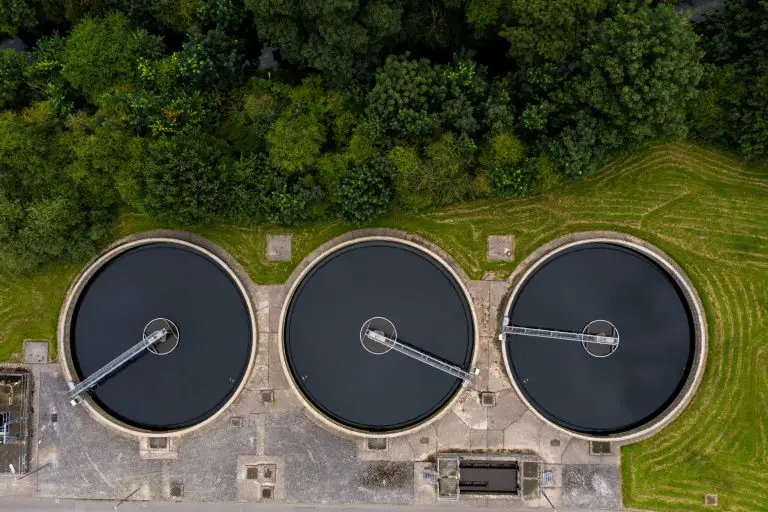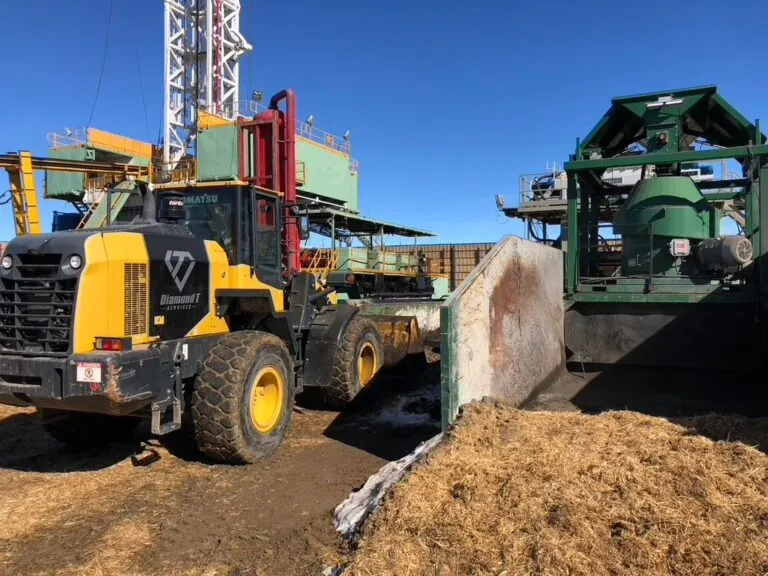Centrifuges are laboratory essentials in scholarly, research, and industry settings. Though, centrifugation’s backstory has its origins in aiding to speed up the dairy industry, the nuclear arms race, and detailing the travel of planets.
Centrifuges might have begun as a process of density separation, but their wide scope of uses has grown over the decades into geotechnical simulations, isotope separation, and aeronautics applications. A centrifuge can help test a pilot’s capability to survive high G forces.
The History of the Centrifuge
A centrifuge is one of the most critical tools in industrial techniques. This equipment uses spinning force to separate solids and liquids. Today’s centrifuges are used for food purification, wastewater processing, and biofuel production.
Centrifuges have been around since the Industrial Revolution.
In the 1700s, a rotating arm machine was created by English engineer Benjamin Robins for the British military in the 1700s. This was one of the first centrifuge-like devices to hit the market, and Robins’ invention inspired the race to foster more efficient rotating equipment.
Early Centrifugal Equipment
Sediment and filtration-eliminating units have long been used to filter liquids. Before this, the job was usually achieved by gravity. For instance, to separate milk from cream, the raw milk would rest for a long time. This would allow the lighter cream to come to the surface to get skimmed.
Early centrifugal equipment was created to quicken the process. In 1864, a dairy centrifuge was invented with a hand-crank spinner to divide the cream from the milk. In 1877, inventor Gustaf de Laval developed a steam-operated centrifugal milk separator, aiding in large-scale dairy tasks.
Centrifugal Advancements in the 1900s
In the early 1900s, huge centrifugal advances helped medical breakthroughs. Swedish chemist Theodor Svedberg created an ultracentrifuge that could reach 900,000g in the 1920s. This equipment helped researchers to accurately weigh proteins. For his discovery, Svedberg won the Nobel Prize.
In the 1930s and 1940s, enhanced centrifugal techniques came into play, such as the ability to isolate viruses. Another inventor, Edward Pickels, created a business that would make a centrifuge able to perform 40,000 rpm.
Modern Centrifugal Technology
From the 1950s to the present day, centrifugal developments and methods have advanced quickly. In the 1950s, electronic motors were standardized, allowing quicker revolutions and rotations.
Various centrifuge types were also introduced and modified for industrial use. The two types of modern industrial centrifuges, including filtration and sedimentation centrifuges, became available, helping industrial filtering. Today, there are over 175 industrial applications for centrifuges. One popular centrifuge is The Interfil IC45-AV. This top-speed centrifuge is used in many industries to separate liquids and solids.
In food processing, a centrifuge is used for refining olive oil, splitting the oil from solids and other impurities. Modern biofuels and fuel processing necessitate filtration centrifuges to cleanse the fuel. Centrifugal systems are used in wastewater treatment to eliminate microscopic waste and solids from treated water.
All these industrial creations are centered on the early centrifugal innovations, and they will continue to advance. If you have a dewatering centrifuge job, get in touch with us today.






